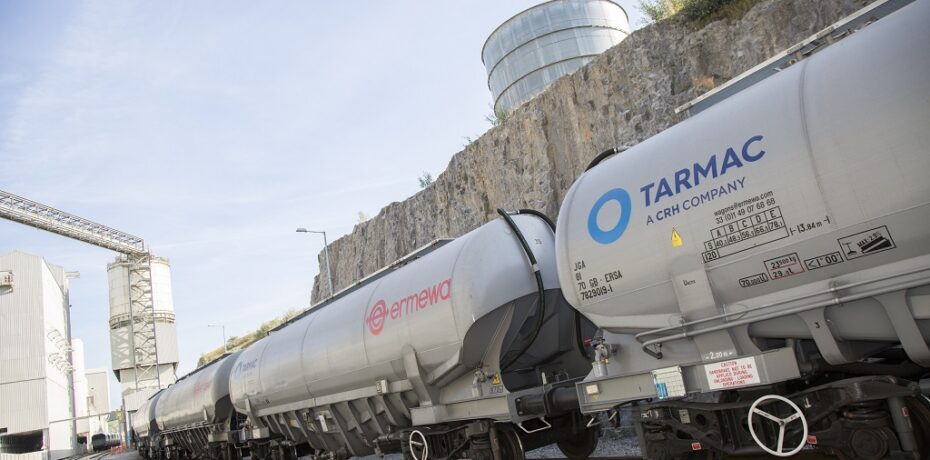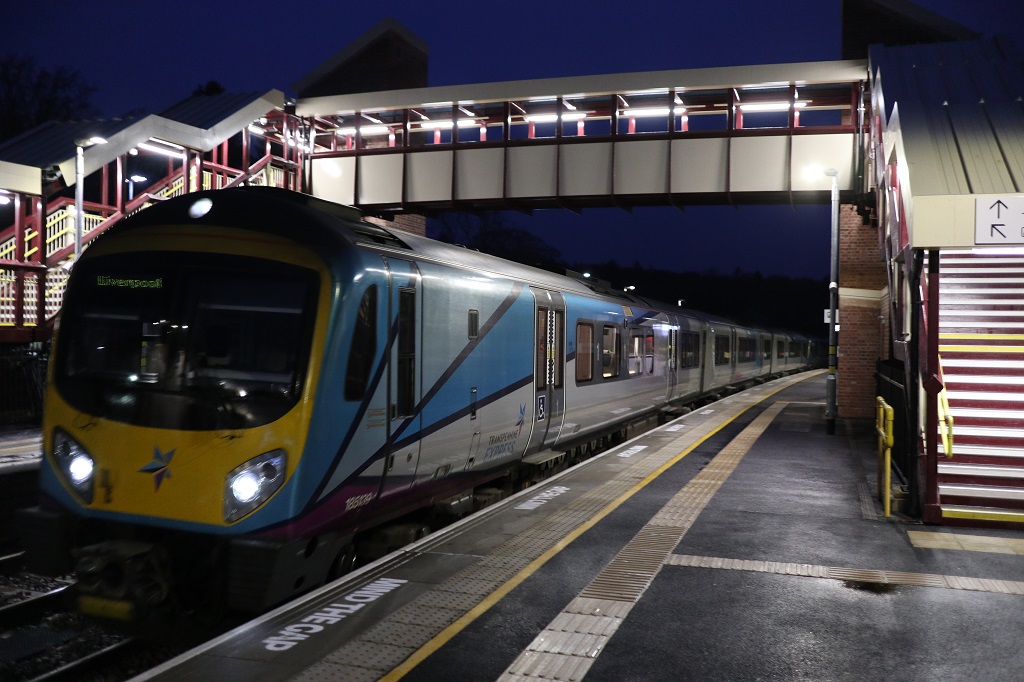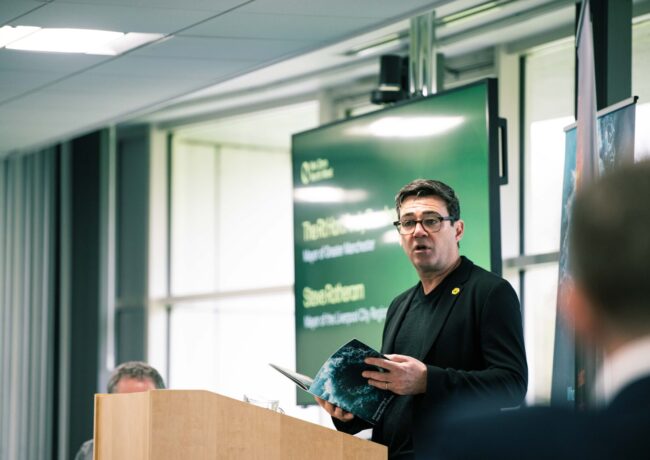Commentary
COMMENT | Rail freight’s Powerhouse potential
We’ve heard a lot about the delivery of the Northern Powerhouse, with column inches and manifestos full of debates on how best to realise this vision of economic and social regeneration, writes Chris Swan of Tarmac. But conspicuous by its absence from much of the discussion is consideration of the smart delivery of construction materials, the foundation on which the North’s ambitions will be built.
 These long-term aspirations will be supported by critical new infrastructure and development projects to fuel economic growth, including HS2 Phase Two, ambitious road schemes and the proposed Moorside nuclear power station. Now is the time to think about how we build these once-in-a-generation projects – getting materials in the right place, at the right time.
These long-term aspirations will be supported by critical new infrastructure and development projects to fuel economic growth, including HS2 Phase Two, ambitious road schemes and the proposed Moorside nuclear power station. Now is the time to think about how we build these once-in-a-generation projects – getting materials in the right place, at the right time.
Rail freight will be key. It is already a vital part of the UK construction supply chain, with more than 20 million tonnes of aggregates and cement moved by rail each year. These impressive tonnages are on the rise, but policymakers and planning authorities must encourage and support construction rail freight to capitalise on its potential for efficient project delivery, relieving pressure on road networks and reducing carbon emissions.
For example, supply by one aggregate train is the equivalent of removing up to 60 HGVs from the road. It also produces more than 70 percent less carbon dioxide per tonne compared with the equivalent road journey. As congestion and air quality continue to dominate the national agenda, these sustainability credentials cannot be ignored.
At medium to long distances, it also offers better value for money than using the road network, but capitalising on these benefits requires robust planning now. Transport for the North’s emerging strategy must seek to maximise rail freight’s potential or else suffer a missed opportunity for a modal shift towards an efficient, low-carbon supply chain.
There is also further scope for regional authorities such as the Greater Manchester and Liverpool City Region Combined Authorities to consider how optimised land use planning and the protection of strategic rail freight sites from inappropriate adjacent development can help deliver the Northern Powerhouse vision sustainably and effectively. The availability of railhead sites is a pressing concern, and particularly in urban locations where demand for more terminals to support construction traffic is acute, railhead locations must be carefully chosen and safeguarded.
Freight operators and customers are private sector businesses and many, like Tarmac, have been developing capabilities with new equipment and terminals. We recently opened a new rail depot at Garston, Liverpool to enable continuity of high quality material supply to customers in the North West, while also taking around 10,000 trucks off the road each year. This complements a range of multi modal sources in our own regional supply chain and is precisely the kind of third party activity activity that the region’s authorities can encourage by creating certainty. Crucial to this will be demonstrating that rail freight’s needs will be considered as passengers and freight compete for network capacity.
In the current climate of headline-grabbing disruption for passengers, it is particularly important that Transport for the North’s passenger route planning should take account of freight requirements without considering a ‘trade off’ of freight services to make space for new passenger flows. With growing private sector investment in the rail network, now is the time for forward planning that allows sufficient capacity for growth in both freight and passengers.
Crucially, early engagement with materials providers is key to understanding the value and viability of rail freight to support infrastructure delivery. Collaborative working across the supply chain should begin at the earliest opportunity, ensuring logistical solutions are considered from the outset.
Site access, for example, is critical. Clients and contractor design teams need to develop site proposals that can support the use of rail freight. Here, local planning authorities can support the consideration and uptake of rail freight and other sustainable transport options through the planning system. Clients could be encouraged to consider multimodal options by placing greater scrutiny on construction logistics plans at application stage.
The opportunity is clear, but to keep the delivery of the Northern Powerhouse on track, it’s time for policymakers, materials suppliers and the wider construction industry to start talking rail freight.
- Chris Swan is head of rail at Tarmac





Rail freight largely died a death after the sell off our railways.
Hence our roads are clogged with artics subsidised by car drivers.
But I admire this guys optimism and hope more freight can be taken off our crap motorways.
By Aenedor